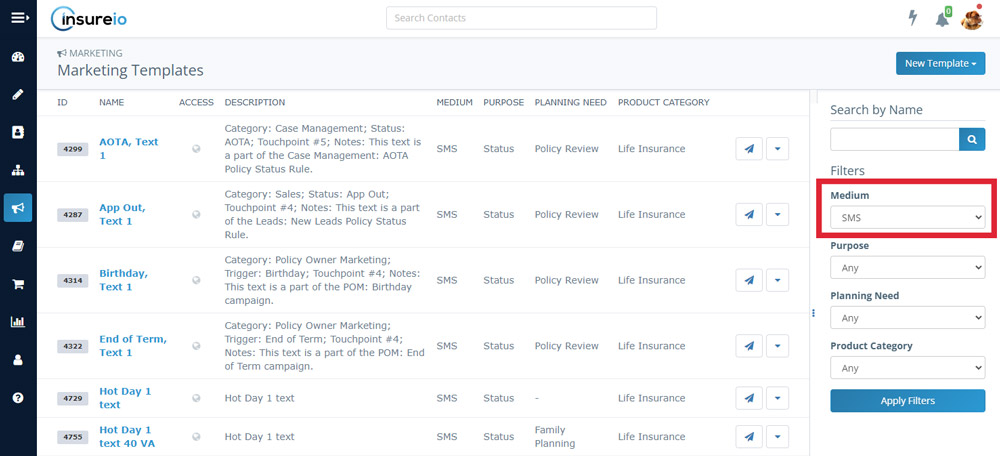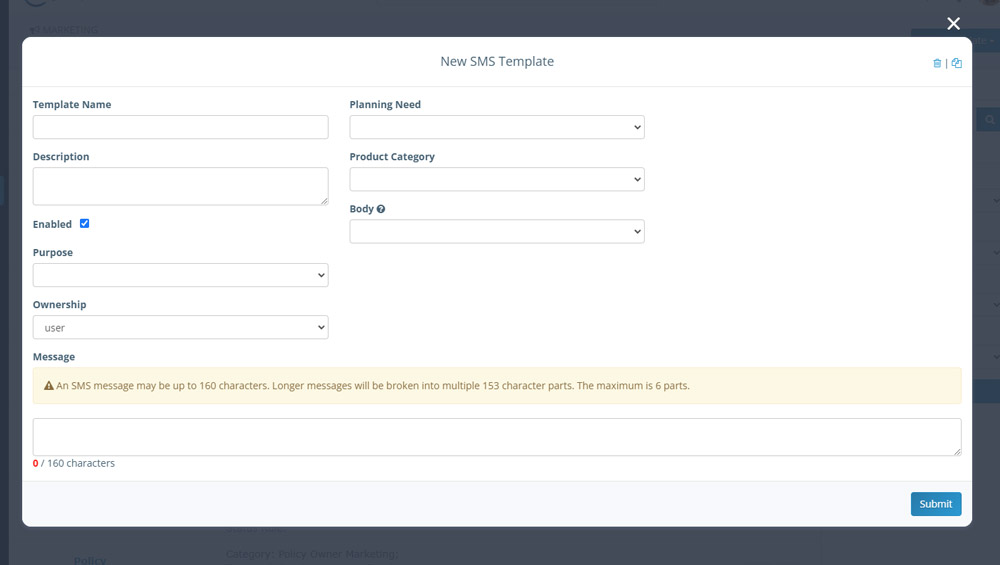
Do you change your consumer contact strategy based on their age or preferences? If not, it might be time to start.
There’s a clear shift in the ways different generations want to be contacted. If you haven’t considered creating different follow-up strategies based on a prospect’s age or communication preferences, here’s what you need to know.
No time to read? Watch our video overview:
According to a June 2022 survey summary by Leadferno, here’s how different age groups prefer to communicate. These results aren’t business-specific, meaning these are the respondents’ preferred overall methods, including for personal communication.
- 65+: phone calls (the only age group that prefers phone calls to texts)
- 35-54: texting (by a large margin – 44.5% compared to just 23.9% for a phone call)
- 18-24: texting (closely followed by phone calls)
Their conclusion? The asynchronous nature of texting just fits better with the busy lives of people in that middle age group. They’re dealing with kids, jobs, parents, side hustles, you name it. These clients want the convenience of replying on their schedule.
The survey creators were surprised to find that with the youngest age group, texting barely edged out phone calls as their preferred method of communication (30% to 28.3%). However, similar surveys have produced dramatically different results, with younger users frequently avoiding phone calls.
The point here isn’t to take survey results as infallible.
The point is to think about how multi-channel messaging can help you better serve your clients.
What small changes can you make to your current follow-up and marketing workflows to make it easier for clients to do business with you?
Life Insurance Marketing: Tips for Combining Phone Calls and Texting
What’s your current strategy for reaching a new prospect? If it involves multiple calls and voicemails, think about how you can switch it up and experiment with different workflows:
- phone call with no voicemail followed by text, referencing your call
- text first to say you’re going to call soon, but provide the option of picking a different time
- phone call with text message follow-up with reminders or to-dos
Because it’s easier to advise clients over the phone, the goal is still to get them to take your call. But you can use text messaging to get their attention just before or just after a call. According to Twilio, a whopping 98% of text messages get opened. You can use that to your advantage to ease a prospect down the marketing funnel or remind them of to-do items. Even if texting isn’t how you want to communicate with clients for more important conversations, a text message trumps voicemail for trying to move that interaction forward.
Life Insurance Marketing: Tips for Texting
According to Podium’s Local Business Messaging Trends (2021), which surveyed over 1,000 consumers in the U.S. and Australia, more than 74% of people said they’d be more likely to respond to a text if they know the person on the other end is real. In addition, 50% said they’d be more likely to respond if that person introduced themselves.
So don’t just text the bare minimum, such as a rate, a carrier name, and a call to action. Texting isn’t the place for long, drawn-out messages, but this is where an extra tidbit can really personalize you and your agency. Make sure to include your name and introduce yourself briefly.
Pro Tip: Don’t assume consumers save your text or remember who you are. Introduce yourself again in your follow-ups.
Samples:
Hi, I’m John Doe with Best Agency Name. Here are the life insurance quotes you requested from our website:
Hi, John with Best Agency here. Did you look over the quotes I sent you? Happy to answer questions here or on the phone.
Hi, John with Best Agency again. Need more help choosing a life insurance policy? Tap here to schedule a call if you want: [add your Calendly link here]
Life Insurance Onboarding: Tips for Learning a Client’s Preferences
Surveys conducted by other people can only help you so much – so why not go straight to the source?
As part of your onboarding, ask new clients how to contact them: by phone, text, email, direct messaging app, or by another method. If you meet in person and they want follow-up texts, volunteer to add yourself to their contact list. That way, your name (not just your number) appears when you text them in the future.
You might also want to include a survey-style question to get their opinion on additional types of digital communication. For example, as part of your onboarding, you could learn their communication preferences by asking this:
How would you like to be reminded that it’s time for our yearly policy review?
- A: text message
- B: phone call
- C: email
- D: direct message to me via _______ to username _________
- E: postcard by mail
Are there any communication methods you prefer I don’t use? _______________________________
Alternatively, you could phrase this in a number of different ways:
- What’s the best method to reach you regarding your policy?
- Some of my clients have asked that I message them via WhatsApp. To help me figure out where I need to be to serve you, what communication/messaging platforms do you use regularly?
Bonus: Texting in Insureio
Our preferred CRM, Insureio, lets you send text messages as well as emails. You can view, modify, or create SMS templates in the Marketing Templates section. Use the filter on the right to select SMS for your medium.

In the SMS template creation modal, you’ll see a note reminding you about character limits. If you exceed 160 characters, the phone carrier will break your message up into parts (with a maximum of 6 parts).

You can then incorporate any of your text messaging templates in a marketing campaign or a task within your policy status rules (as part of the prospecting, follow-up, and sales process). For example, we use an agent notification text message when a new lead hits the system.

You can create multiple workflows to A/B test procedures, or add and remove tasks to status rules as needed. The system is incredibly flexible, allowing you to tweak and test workflows to your heart’s content.
That’s our look at how to combine texts and calls in marketing and onboarding!
Do you already combine texts and calls? Do you use any direct messaging platforms in the mix? Tell us in the comments!
